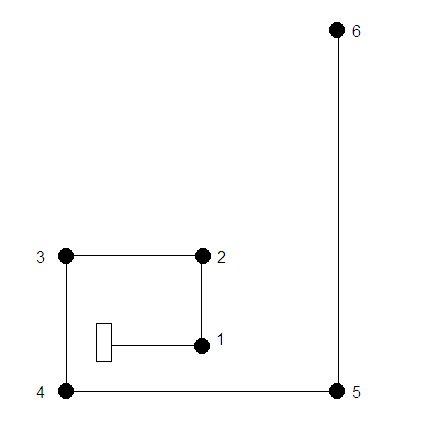Agreed - certainly as an intellectual exercise. However, in the real world I think one has to try to keep one's feet on floor (and I'm very guilty of often not doing that!) and repeatedly ask oneself how much time,effort, cost and 'complexity' (and 'complexity' can result in reduced reliability) is justified as a means of avoiding buying and installing fatter cable.The idea of using series connections and a higher voltage is a good way to reduce current and hence cable diameter.
Maybe - but it would obvioulsy have to be a pretty fat zener, maybe with a heatsink, to cope with the sort of power dissipation we would be talking about for any significant period of time. Some provision for reverse polarity protection of the supply (which would probably involve a small voltage drop) would then ideally be desirablePut a suitable zener diode across each lamp so that in the event of a lamp buring out the series chain to other lamps is maintained.
Fair enough.Instead of using an invertor to convert 12 volts to a higher voltage use two or more 12 volt batteries in series to get the voltage. This is not going to be much more expensive as the batteries can be smaller capacity. Four batteries would give 48 volts which is regarded as ELV and therefore safe for outdoor use
Fine so long as the output of the generator is 'floating' relative to the battery/light circuit - which presumably would be the case if the latter were SELV.The The 12 volt generator is connected across one battery at a time. Charge battery A for 15 minutes, then move it to battery B and charge for 15 minutesm then C then D. Four relays and a simple timer circuit will do the connections automatically.
You could then also have a fifth battery charged for other equipment.
However, as above, whether all that would be justfied as a means of avoiding larger (not necessarily massive) cable is another matter!
Kind Regards, John.


